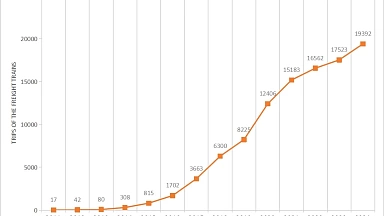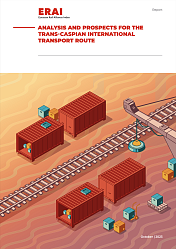An interesting aspect of the exchange between Italy and China is that both countries import and export the same commodities, explains the company. «Mainly furniture, luxury goods, clothing, machinery, automotive, plastics and synthetic rubber.» But according to the logistics firm, all kinds of goods can profit from the development of rail transport, because «rail is not necessarily a direct substitute for maritime transport between Italy and China. It is an alternative option that could be competitive for certain goods and trades, especially for high value-added goods.»
Fashion on the train
This being said, Furlog has a strong focus on the fashion industry. It moves ready-made products and accessories, in hanging garment mode as well as raw materials or semi-finished products destined for Italian factories. «For imports we manage several flows from Southeast Asia, India and China. For exports, the main destinations are Russia, CIS countries, China, Japan, Korea.»
Moving fashion items is coupled with some specific transport needs. «The mode of transport must take into account the delicacy of the clothes and needs an ad hoc transport service. Great attention must be paid to the cleanliness of the containers and special precautions are required for the preparation of containers for the transport of hanging garments. The level of service required in this segment is very high and it requires competence, precision and accountability.»
Benefit the most
As well as other key sectors of international trade, the fashion sector is among those that will benefit most from the development of rail transport, Furlog believes. «For companies that export/import goods internationally, rail transport offers significant growth potential. Some of the advantages are: faster transit times compared to sea transport, economic convenience compared to air transport, high transport security (containers are equipped with GPS, which not only detects the position of the goods, but sends real-time alerts when the container is opened), decongestion of roads, and more environmentally-friendly transport thanks to reduced CO2 emissions. This aspect in particular is gaining more and more significance, to help customers reach their CO2 reduction targets.
«In general, what we see is that rail transport is becoming a third mode of transport that is planned in the logistics chain: if until some time ago it was used only in cases of delays, now a part of the goods is destined to this mode of transport in order to privilege from a lower environmental impact and lower warehouse stocks.»




